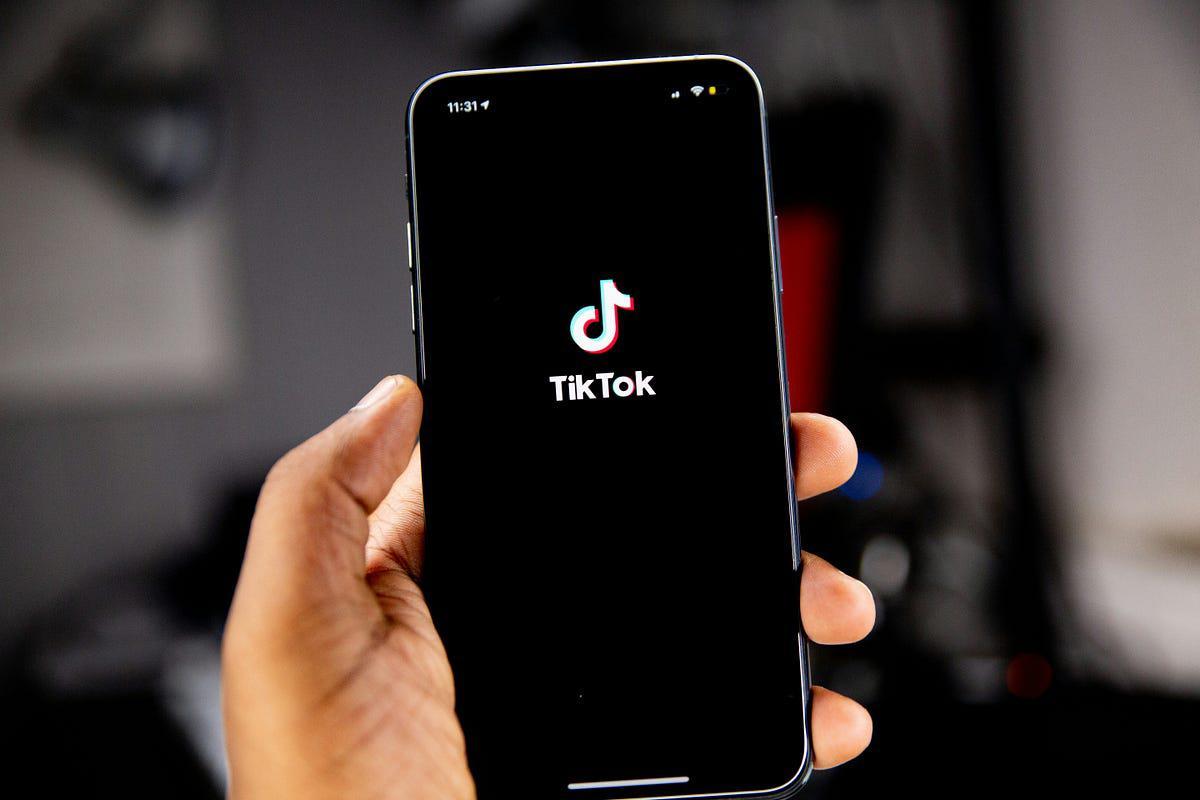If you are anything like me, you've probably spent the past few weeks completely engrossed in the cautionary tale of Reesa teesa. For those not in the know, Reesa Teesa is a Tiktok content creator who recently shared a multi-video story about her marriage and divorce. The "Who married who" series consists of about 50 parts and over five hours of content. Reesa Teesa's story also warns of the dangers of dating while feeling desperate.
While many have been drawn into the storyline of the story, my attention has been captured by the millions of individuals who have gathered online to watch it. In today's digital age, it is rare for people to come together around shared content unless it is a major event like the Super Bowl or America's Got Talent. So, I want to delve deeper into what Reesa Teesa's story reveals about how we interact and consume online content.
Specifically, the popularity of Reesa Tessa's story has reminded me of a quote from black digital studies researcher Catherine Knight Steele. In her essay of black bloggers and their diverse audiences, Steel Steele wrote,
The internet does not create a unique community interaction experience. Instead, like other media technologies, the internet has the potential to be used by marginalized communities to challenge, expand, and renew existing resistant communication practices.
Therefore, I want to discuss how Reesa Teesa's storytelling and the audience she has built around it represent a long tradition of black digital history and digital literacy that values the sharing of knowledge through lessons. Specifically, I will use various language and communication theories to understand why so many of us are drawn to her story and others like it.
